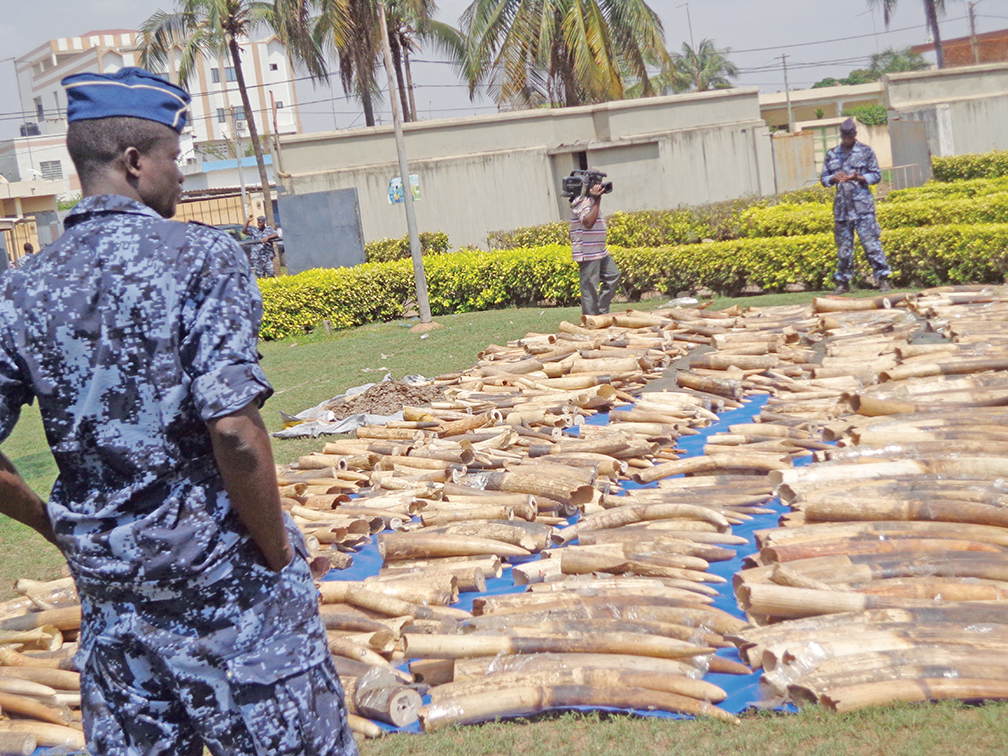AGENCE FRANCE-PRESSE
African countries are clamping down on ivory smuggling, with large seizures for the first time exceeding those made in prime destination Asia, U.N. wildlife regulators said in June 2014.
Until recently, seizures of half a metric ton or more of ivory were rarely, if ever, made before the illegal, precious material left Africa. That changed in 2013, according to research published by the secretariat of the Convention on International Trade in Endangered Species of Wild Fauna and Flora (CITES).
Since March 2013, for the first time, “more large-scale seizures were made in Africa than in Asia,” CITES said in a report on elephant poaching and the illegal ivory trade. Eighty percent of the African seizures were made in three countries — Kenya, Tanzania and Uganda — which happen to figure among the eight nations ordered by the secretariat of CITES in March 2013 to create National Ivory Action Plans to tackle the problem.
The shift in where seizures are taking place is hugely significant, according to Ben Janse van Rensburg, a former South African police officer who heads CITES’ enforcement support unit. “These large consignments up until now … managed to leave the African continent without being detected at all,” he said. “Now they are being detected, which actually shows that these countries have started to implement measures to combat this illegal trade.”
The shift hints at what can be achieved with a “strong, coordinated, collective” effort to fight elephant poaching and ivory smuggling along the whole value chain, he added.

